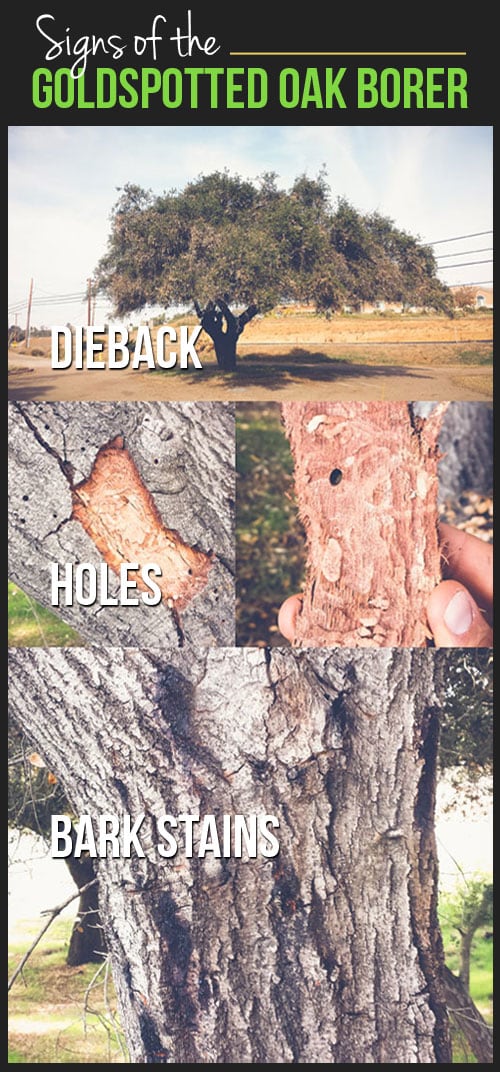Tree Elimination Aftercare: Best Practices For Landscape Recovery
Article Writer-Tate McCollum After a tree's removal, your landscape may look quite various, and it's necessary to assess the results thoroughly. You'll intend to examine the soil disturbance and inspect surrounding plants for any kind of signs of stress. Neglecting these elements can bring about bigger problems down the line. So, what should you perform with those stumps and origins? And how do you select the most effective plants for your revitalized area? Let's discover these crucial actions.
Examining the Consequences: Evaluating Your Landscape
After a tree removal, it's important to evaluate your landscape to comprehend the influence it carries your lawn. Beginning by checking out the location where the tree stood. Search for signs of soil disturbance, and examine the bordering plants for any type of stress and anxiety or damage. You must likewise remember of just how the removal has actually changed sunshine direct exposure and air flow in your yard. This shift can influence the development of nearby plants, so it's essential to review their health. Think about the visual elements too; the removal might create an open space that you can revamp. Ultimately, think of any kind of prospective disintegration concerns that may occur from the tree's lack. Addressing these aspects early will assist restore balance to your landscape.
Managing Stumps and Roots: Options for Elimination
As soon as you've evaluated the aftermath of the tree elimination, you'll likely need to tackle the stump and origins left behind. https://iglobal.co/united-states/loveland/precision-timber-felling have a few alternatives for elimination. One efficient approach is stump grinding, where an expert utilizes a machine to grind the stump to underground degree. This approach leaves marginal disruption to your landscape. If you prefer a do it yourself approach, you can use a combination of digging and chemical stump cleaners. Just keep in mind, this procedure can take time and effort. Conversely, take into consideration leaving the stump as a natural function, which can function as a distinct yard component or habitat for wildlife. Whatever you pick, dealing with the stump and roots is necessary for restoring your landscape.
Choosing the Right Plant Kingdoms for Your New Room
As you assess your recently cleared area, picking the right plants can considerably boost your landscape's appeal and performance. Start by thinking about the sunlight and dirt problems. For sunny locations, go with drought-resistant plants like lavender or succulents. In shaded areas, ferns and hostas flourish well. Consider the dimension and development habits of your plants; mix perennials and annuals for seasonal selection. Don't forget to incorporate native varieties; they call for less upkeep and assistance neighborhood wildlife. Group plants in odd numbers for a much more natural appearance and create layers for aesthetic depth. Ultimately, ensure you have a mix of colors and appearances to maintain your landscape vivid throughout the seasons. Delighted growing!
Conclusion
Finally, restoring your landscape after tree removal is a rewarding process. By assessing the consequences, attending to stumps and origins, and choosing the right plants, you'll produce a thriving setting. Don't fail to remember to include disintegration control steps to safeguard your dirt. With a little initiative and treatment, you can transform your space into a dynamic garden that improves your building. Accept the possibility to revitalize your landscape and delight in the appeal of nature right in your yard! 